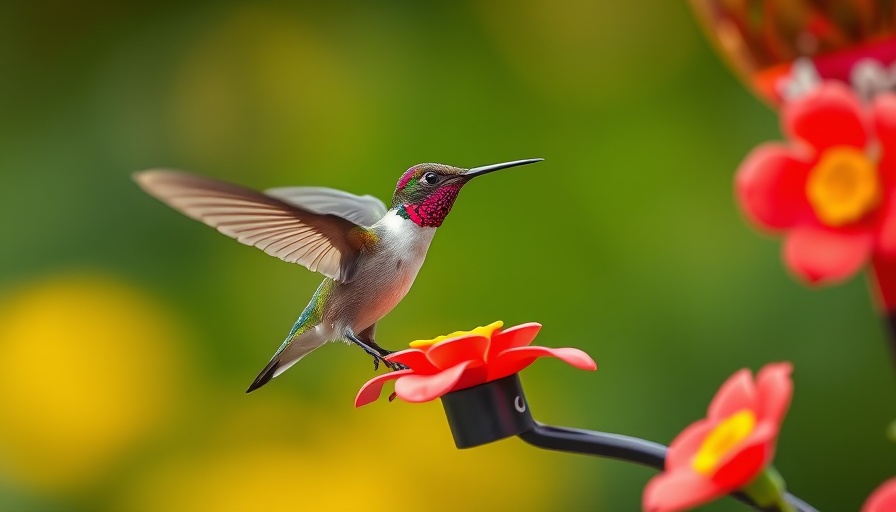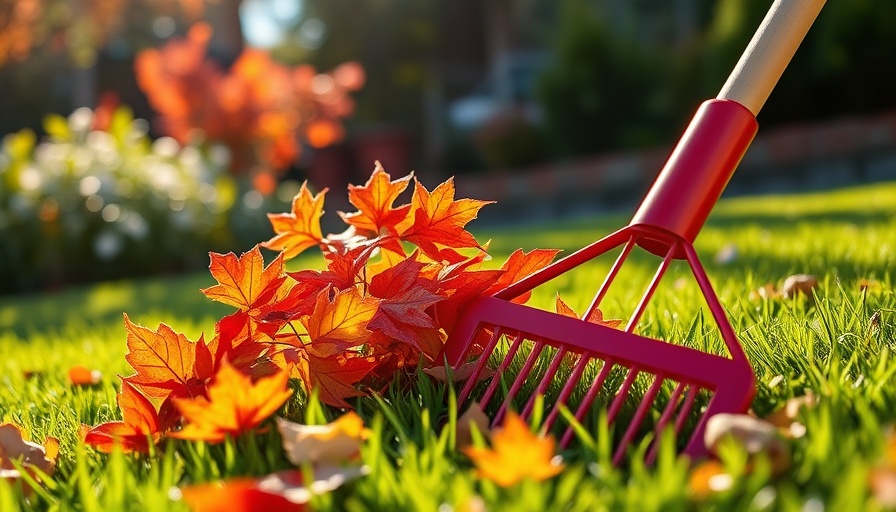
Understanding Woodpecker Behavior: Why They Visit Your Home
Woodpeckers are fascinating creatures with remarkable drumming abilities. However, when their pecking disrupts the tranquility of your home, it can quickly become a nuisance. Understanding why woodpeckers are attracted to your vicinity is the first step to keeping them away. These smart birds often seek out homes with easy access to food, shelter, and nesting spots. With their acute hearing, they locate insects beneath the bark of trees and siding, making your house an appealing dining destination.
Top Strategies to Deter Woodpeckers from Your Property
So, how can you effectively keep these birds at bay? Here are some tried-and-true strategies that experts recommend:
- Install Visual Deterrents: Reflective surfaces are an excellent way to discourage woodpeckers. Consider hanging shiny objects, such as old CDs, aluminum foil strips, or reflective tape around the areas where woodpeckers are most active. The sunlight reflecting off these surfaces creates an unsettling experience for the birds.
- Use Noise Makers: Sound can also be an effective deterrent. Install wind chimes, tin cans, or even a motion-activated noise maker that emits sounds when birds approach. This will create an area that feels less inviting for pecking.
- Employ Physical Barriers: Installing bird netting or spikes can prevent woodpeckers from landing on your siding. These barriers are effective in protecting your home while being an eyesore-free addition to your exterior.
- Reducing Food Sources: Ensure that there are no tasty insects lurking under your home's siding. Regularly check for wood-boring beetles or other pests and consider treatment if necessary. Furthermore, keeping trees healthy is important; healthy trees are less likely to attract woodpeckers.
- Temporary Solutions: If you catch woodpeckers in the act, a temporary response may be to spray a mixture of water and vinegar on the affected area of wood. The unpleasant taste can dissuade further pecking.
Embracing Smart Technology for Pest Control
As Charles Atwood knows, technology can assist in a variety of home challenges, including pest control. Various smart home devices can help monitor woodpecker activity around your property. Devices that send alerts when they detect movement can enable you to respond swiftly to persistent peckers, preventing further damage.
Moreover, automated feeding systems or birdhouses equipped with motion-sensitive feeders can divert woodpeckers' attention from your house to zones created for them— a win-win for bird lovers!
Challenges in Woodpecker Deterrence: Understanding Legal Protections
In the midst of your woodpecker deterrence efforts, it's important to acknowledge that many woodpecker species are protected by the Migratory Bird Treaty Act. This means that you cannot harm, trap, or kill them without proper permits. Knowing your rights and the regulations in your area can help you navigate the balance between preserving nature and protecting your home effectively.
Final Thoughts: Why We Should Embrace Coexistence
In our quest to keep pesky woodpeckers at bay, let's also embrace the joy they bring to our ecosystem. These birds are an essential part of nature, keeping insects in check and contributing to biodiversity. By understanding their behavior and employing clever solutions, we can share our environment harmoniously, ensuring both our homes and local wildlife thrive.
 Add Row
Add Row  Add
Add 



Write A Comment